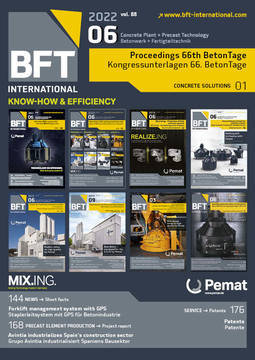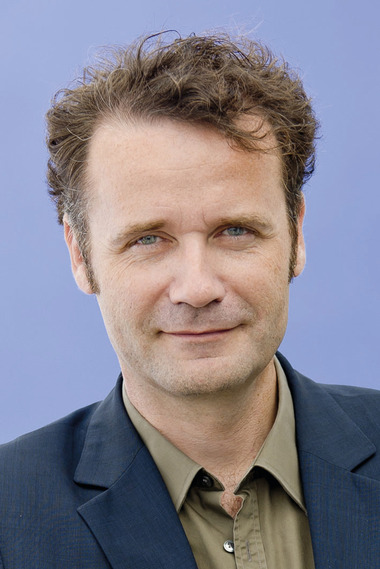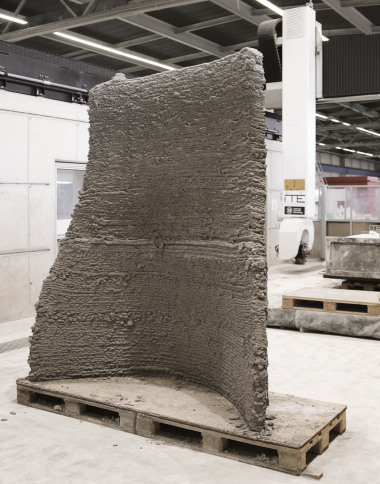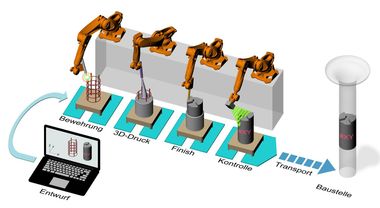Shotcrete 3D Printed vs. conventionally produced
concrete – A comparison of durability characteristics
Unlike in the construction sector, 3D printing technology has already gained much ground in many other industries. In recent years, however, the intensity of research into additive manufacturing with concrete in construction has begun to take up speed as well [1, 3]. Reasons for this increased thoroughness include the high potential for automation as well as the freedom in terms of design and morphology offered by additive manufacturing techniques [2]. These include particle-bed 3D printing and concrete extrusion, but also material jetting methods such as the Shotcrete 3D Printing (SC3DP), a technology developed at TU Braunschweig, all of which may become highly significant for establishing 3D printing in large-scale concrete construction [3, 4, 5, 6]. However, further progress in standardization and approval procedures is needed for additive manufacturing methods to ensure the widest possible range of applications. More specifically, this will require a deeper understanding of the durability characteristics of 3D printed concrete components, but very limited research has so far been conducted in this field.
This paper quantifies the durability characteristics using carbon-ation and chloride penetration resistance values. To achieve this goal, SC3DP specimens were produced with an accelerator dosage of 0, 3 and 6 % bwoc. The selected dosages reflected the amounts usually added in the SC3DP process to achieve a rapid vertical buildup of the element. Conventional specimens were produced in the same material composition as their SC3DP counterparts, but without adding any accelerator.
The results indicate that the carbonation and chloride penetration resistance values documented for SC3DP and conventional specimens (the latter containing no accelerator) lie within similar ranges. However, any increase in the accelerator dosage in the SC3DP specimens will lead to a more pronounced decrease in their durability resistance. In addition, increasing the amount of accelerator is associated with a reduction in density, and thus higher porosity. We should assume that porosity strongly influences the durability characteristics, as was already found in other research [7]. Thus, the amount of accelerator added to SC3DP elements should be limited in order to ensure a sufficiently high durability performance. Besides the accelerator dosage, process parameters such as air volume flow and nozzle to strand distance are also likely to have an effect on the durability characteristics of SC3DP elements. This research project is funded by the Deutscher Betonverein (DBV).









